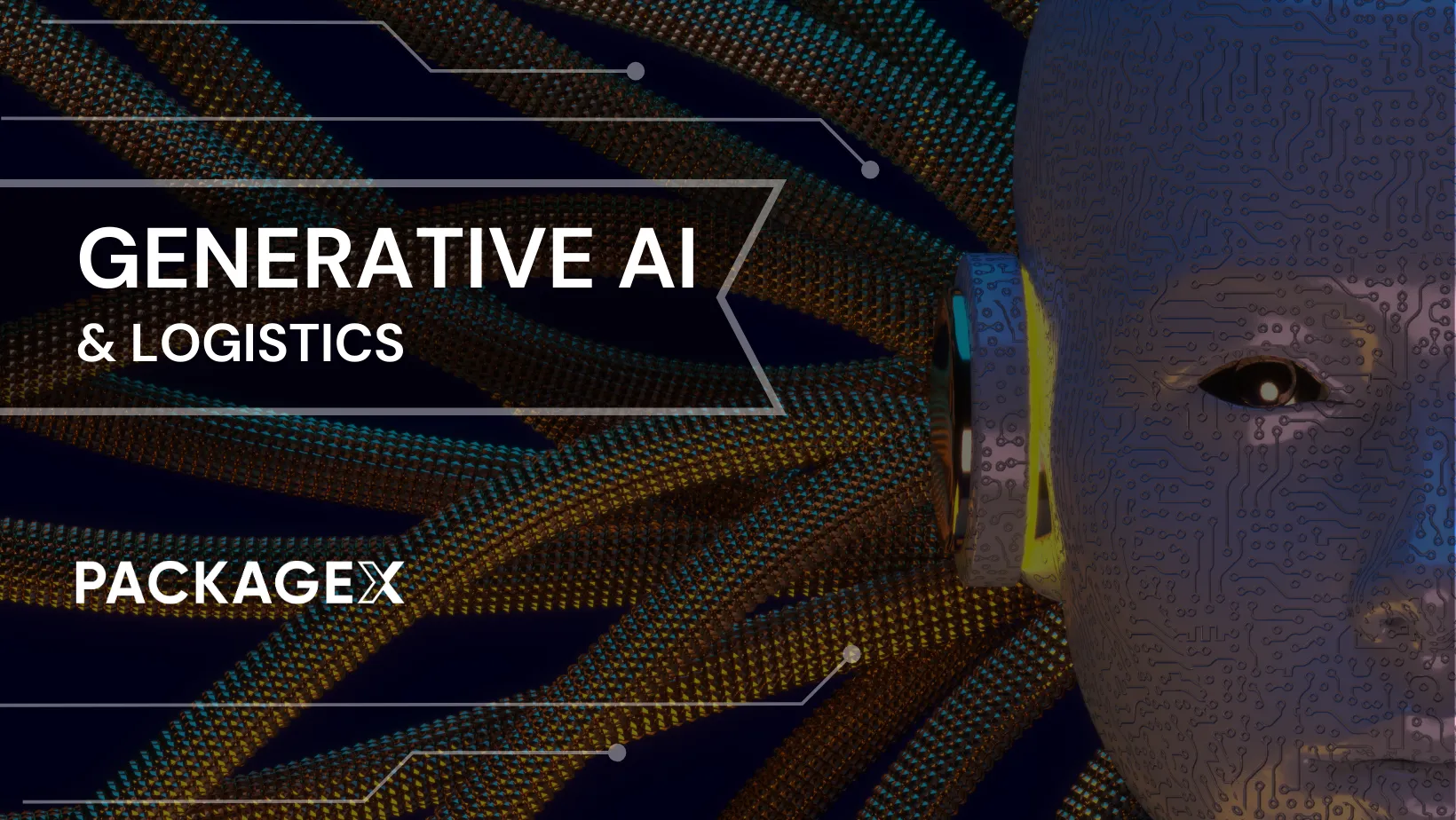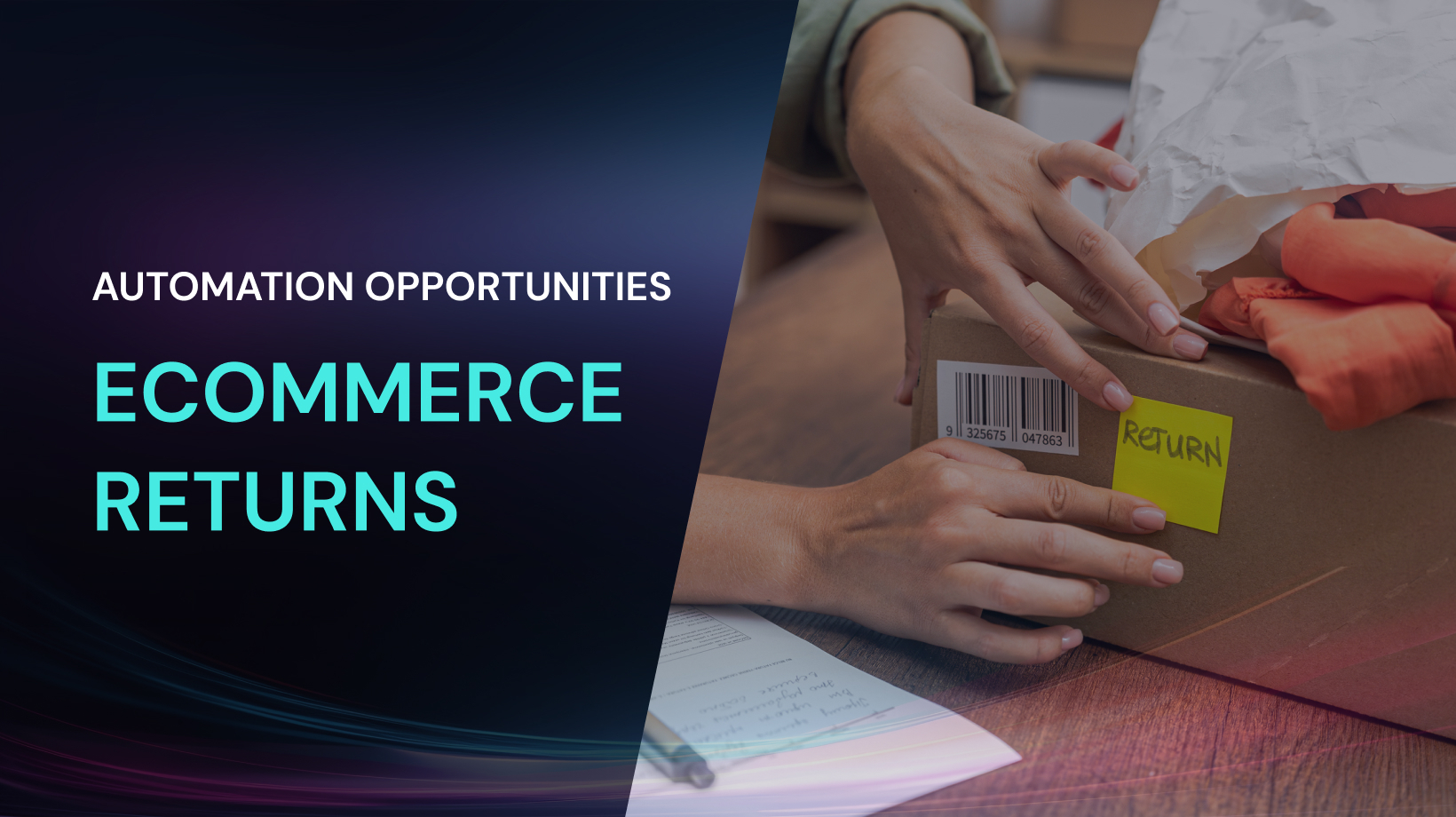In the dynamic realm of logistics, the emergence and rapid advancement of Generative Artificial Intelligence (AI) have set in motion a profound transformation, reshaping conventional operational paradigms and elevating supply chain management to unparalleled levels of efficiency and transparency.
This comprehensive article navigates through Generative AI's extensive impact on logistics, encompassing its evolutionary trajectory, critical components, real-world applications, the compelling business rationale driving its adoption, and the strategic steps pivotal for seamless integration within logistics operations.
Evolution of generative AI in logistics
Initial adoption and utility
The initial adoption of Generative AI in logistics stemmed from its exceptional capacity to leverage data-driven insights, predictive analytics, and sophisticated scenario modeling. This capability empowered logistics stakeholders to accurately forecast demand patterns, optimize routing, simulate diverse supply chain scenarios, and significantly augment decision-making processes.
Expansion into advanced applications
As Generative AI evolved, its applications transcended beyond predictive analytics and scenario modeling, advancing towards multifaceted functionalities.
- Advanced predictive analytics: Relying on historical and real-time data, Generative AI models evolved to meticulously forecast demand patterns, identify anomalies, and anticipate potential disruptions. This empowered logistics professionals to proactively address challenges and optimize inventory management with precision.
- Synthetic data generation: Generative AI's unique capability to generate synthetic data emerged as a pivotal asset for logistics companies. By conducting extensive simulations, training AI models, and refining strategies without sole reliance on historical datasets, this functionality ensured comprehensive risk assessment and strategy validation, fortifying decision-making capabilities.
- Optimization algorithms: Fueled by Generative AI, sophisticated optimization algorithms emerged as a cornerstone of logistics operations. These algorithms focused on route optimization, scheduling, and resource allocation within logistics networks. They aimed at minimizing operational costs, maximizing efficiency, and orchestrating holistic optimizations across logistics operations.
Components of Generative AI in logistics
Component #1: Diverse generative models and algorithms
Generative AI encompasses a diverse spectrum of models and algorithms tailored for various logistics tasks. Advanced models including Variational Autoencoders (VAEs), Generative Adversarial Networks (GANs), and Transformer models spearhead tasks such as demand forecasting, anomaly detection, and route optimization within logistics, ensuring adaptability and precision in decision making.
Component #2: Synthetic data generation capabilities
Generative AI's proficiency in creating synthetic data empowers logistics companies to conduct extensive simulations, train AI models, and refine strategies without exclusive reliance on historical datasets. This fosters comprehensive risk assessment and strategy validation, amplifying decision making robustness.
Component #3: Predictive analytics for enhanced decision making
Generative AI's predictive analytics capabilities equip logistics professionals with actionable insights derived from extensive data analysis. These insights fuel informed and data-driven decision making across the supply chain management spectrum, spanning inventory, distribution, and procurement.
Component #4: Real-time decision support systems
Generative AI facilitates the development of real-time decision support systems, leveraging AI-generated insights to assist logistics professionals in making swift and informed decisions based on predictive analytics and scenario simulations.
Real-world applications of generative AI in logistics
PackageX uses AI to connect human and digital worlds
At PackageX we employ AI technologies to bridge the gap between structured digital information and the inherently unstructured real-world data within the logistics domain. More specifically, we integrate AI within our logistics cloud, revolutionizing operational efficiency and customer service.
Optical Character Recognition (OCR) serves as a cornerstone of our AI utilization, where sophisticated AI models are employed to accurately interpret package labels, bills of lading, and various logistics documents. This technology, combined with Natural Language Processing (NLP) and deep learning for information extraction, facilitates the accurate understanding of scanned content, enhancing the precision of data extraction.
AI agents replace truck tracking apps and redundant dispatch calls
At PackageX we’re transforming communication within the logistics ecosystem through our Threads API. This AI-driven platform facilitates effective and streamlined interactions among suppliers, logistics service providers (LSPs), retailers, and consumers through personalized, one-to-one, and multi-party conversations.
Traditional communication modes involving repetitive inquiries such as location updates, estimated time of arrival (ETA), and shipment details are seamlessly replaced by AI agents operating within the Threads API. These agents engage in natural conversations with truck drivers, extracting crucial information that is then structured into accessible 'threads', eliminating the need for additional tracking apps and fostering a more efficient means of communication across logistics stakeholders.
The Threads API disrupts the conventional tracking paradigm by addressing the disparity between truck drivers' reluctance to be tracked constantly and the requirements of middle-mile recipients like major retailers for accurate truck arrival times. AI agents, functioning as intermediaries between drivers and recipients, offer an effective solution by engaging in periodic conversations with drivers to determine ETAs based on historical data, traffic patterns, and other pertinent factors.
The business case for Generative AI in logistics
According to Bloomberg, the generative AI market is poised to explode, growing to $1.3 trillion over the next 10 years from a market size of just $40 billion in 2022. This phenomenal growth underscores the transformative effect that AI can have in optimizing logistics operations, fostering innovation, and galvanizing supply chain efficiency.
Considerations for implementing generative AI in logistics
What types of companies can benefit from optimizing logistics with Generative AI?
Various companies across industries such as e-commerce, manufacturing, retail, transportation, and supply chain management can significantly benefit from optimizing logistics with Generative AI. Ecommerce entities can expedite order fulfillment and delivery processes, while manufacturers can optimize production schedules and inventory levels. Retailers can better manage stock levels and distribution channels, and transportation firms can enhance routing efficiency.
What's the ROI of implementing Generative AI in logistics?
Improved demand forecasting and inventory optimization as a result of Generative AI further contribute to lower carrying costs and decreased stockouts, consequently boosting sales revenue. Additionally, the reduction in human error and the ability to adapt to dynamic market conditions can lead to significant savings in both time and resources. While the exact ROI can vary depending on the specific use case and implementation strategy, the long-term benefits of improved efficiency and reduced operational expenses make the adoption of Generative AI in logistics a financially sound investment for many companies.
What obstacles do logistics companies face in implementing Generative AI?
Despite its numerous advantages, implementing Generative AI in logistics presents several challenges. One primary concern is data quality and availability. To leverage AI effectively, high-quality, diverse datasets are essential. Logistics companies often grapple with fragmented or incomplete data sources, necessitating data standardization and cleansing efforts. Another challenge is the need for skilled personnel capable of developing and managing AI models. Hiring data scientists and AI experts proficient in logistics operations becomes imperative to deploy and maintain these systems effectively.
Navigating the integration of Generative AI in logistics
Step 1: Identify integration opportunities
An exhaustive analysis of current logistics operations becomes the cornerstone for pinpointing areas where Generative AI can profoundly boost efficiency, decision-making, and overall operational processes. This involves scrutinizing workflows, data utilization, and resource allocation to identify prime areas for AI integration.
Step 2: Develop a strategic implementation plan
Crafting a comprehensive strategic plan is crucial. This plan delineates clear objectives, scope, milestones, and timelines, all aligned with broader business strategies. By addressing operational challenges head-on, this plan ensures a seamless integration of Generative AI into existing workflows, without causing disruptions to ongoing operations.
Step 3: Forge collaborations with AI solution providers
Strategic partnerships with proficient AI solution providers specializing in logistics are essential. These collaborations streamline the selection and implementation of tailored Generative AI solutions that precisely align with specific operational requirements. These partnerships offer invaluable technical expertise, customization, and seamless integration support.
Step 4: Conduct pilot projects and scale up
Implementing pilot projects stands as a crucial phase. This step allows for the testing of Generative AI solutions in controlled environments before scaling them across broader logistics operations. This iterative process facilitates adjustments, optimizations, and enhancements to maximize the efficacy of AI-driven logistics systems.
By meticulously following these steps, companies can leverage Generative AI to revolutionize their logistics operations, optimizing efficiency and fostering smarter decision-making while aligning with overarching business objectives




